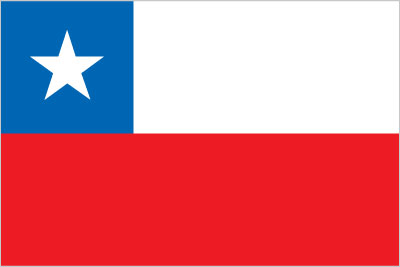
Chile has a market-oriented economy characterized by a high level of foreign trade and a reputation for strong financial institutions and sound policy that have given it the strongest sovereign bond rating in South America. Exports of goods and services account for approximately one-third of GDP, with commodities making up some three-quarters of total exports. Copper alone provides 19% of government revenue. From 2003 through 2013, real growth averaged almost 5% per year, despite the slight contraction in 2009 that resulted from the global financial crisis. Chile deepened its longstanding commitment to trade liberalization with the signing of a free trade agreement with the US, which took effect on 1 January 2004. Chile has 22 trade agreements covering 60 countries including agreements with the European Union, Mercosur, China, India, South Korea, and Mexico. Chile has joined the United States and nine other countries in negotiating the Trans-Pacific-Partnership trade agreement. The Chilean Government has generally followed a countercyclical fiscal policy, accumulating surpluses in sovereign wealth funds during periods of high copper prices and economic growth, and generally allowing deficit spending only during periods of low copper prices and growth. As of 31 December 2012, those sovereign wealth funds - kept mostly outside the country and separate from Central Bank reserves - amounted to more than $20.9 billion. Chile used these funds to finance fiscal stimulus packages during the 2009 economic downturn. In May 2010 Chile signed the OECD Convention, becoming the first South American country to join the OECD.
$335.4 billion (2013 est.)
country comparison to the world: 43
$321.3 billion (2012 est.)
$304.2 billion (2011 est.)
4.4% (2013 est.)
country comparison to the world: 71
5.6% (2012 est.)
5.8% (2011 est.)
$19,100 (2013 est.)
country comparison to the world: 73
$18,500 (2012 est.)
$17,600 (2011 est.)
agriculture: 3.6%
industry: 35.4%
services: 61% (2013 est.)
15.1% (2009 est.)
1.7% (2013 est.)
country comparison to the world: 52
3% (2012 est.)
8.367 million (2013 est.)
country comparison to the world: 58
agriculture: 13.2%
industry: 23%
services: 63.9% (2005)
6% (2013 est.)
country comparison to the world: 62 6.3% (2012 est.)
copper, lithium, other minerals, foodstuffs, fish processing, iron and steel, wood and wood products, transport equipment, cement, textiles
3% (2013 est.)
country comparison to the world: 98